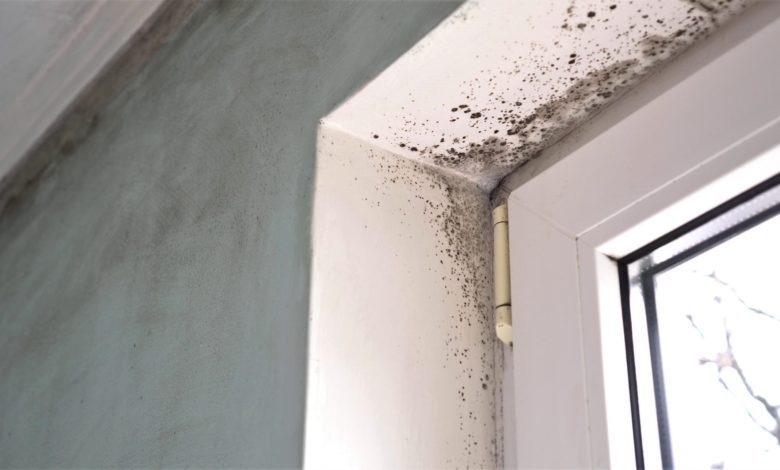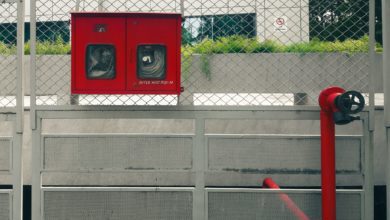How to deal with a mould problem in your hotel
Alongside damaging the property itself it can also cause serious health problems for guests and as such is an issue that must be tackled swiftly and effectively.

Almost everyone has had some experience with a mould problem inside their homes and so understand how serious it can be when it takes hold and it is no different for hotels. Alongside damaging the property itself it can also cause serious health problems for guests and as such is an issue that must be tackled swiftly and effectively. Here are some steps to follow when dealing with a mould problem at your hotel.
Identify the source of the mould
To identify the source of the mould, you need to conduct a thorough inspection of the affected areas. Look for signs of water damage, leaks, or condensation. Check the air conditioning system, plumbing, and other areas where moisture can accumulate. Once you identify the source, take steps to address the underlying issue to prevent future mould growth.
Assess the extent of the problem
Assessing the extent of the mould problem is crucial to determine the best course of action. This includes identifying the type of mould and the affected areas. It’s important to work with a certified mould inspector to ensure that the mould is properly identified and addressed.
Hire a professional mould remediation company
Mould remediation is a complex process that requires specialised equipment and expertise. It’s important to hire a professional mould remediation company with experience in handling similar cases. They will conduct a detailed assessment, create a customised remediation plan, and perform the cleanup in a safe and efficient manner.
Notify guests and staff
It’s important to notify guests and staff of the mould problem and the steps you are taking to address it. Provide alternative accommodations or work arrangements if necessary to ensure their safety and comfort.
Address the underlying issue
Addressing the underlying issue is critical to prevent future mould growth. This includes fixing leaks, repairing water damage, improving ventilation, and reducing humidity levels. Regular maintenance and cleaning can also help prevent mould growth.
Implement preventative measures
Implementing preventative measures can help minimise the risk of future mould problems. This includes regular inspections, proper ventilation, regular cleaning and maintenance, and controlling humidity levels. Train staff on how to identify and report potential mould issues.
Monitor the situation
Regularly monitoring the affected areas can help ensure that the mould does not return. This includes checking for signs of moisture or water damage, as well as conducting regular inspections and cleaning.








